A study published in BMCBiology finds that associations between DNA methylation and gene regulation depend on chromatin accessibility during transgenerational plasticity in the purple sea urchin and potentially other metazoans.
A Bayesian model fitting and selection workflow was used to quantitatively test the hypothesis that associations between differential methylation and gene regulation induced by maternal environment were influenced by chromatin accessibility. This workflow fit multiple models of DE logFC and DEU values that were composed of different combinations of singular and interacting predictors.
Sixteen iterative models were fit to DE and DEU outcome variables each using weakly informative priors that assumed null effects of DM and its interactions on gene regulation. This null effect was assumed because of the frequent observation that DM does not correlate with plastic changes in gene expression.
]. A given parameter from the selected model was determined to have a significant effect if it passed a probability of direction test, a Bayesian corollary of the-value, by which 95% of an effect’s posterior probability must fall above or below 0.
Studentized, gaussian linear models were fitted to measures of DE and DEU as functions of DM in − 1 kb promoters, introns, and/or exons, as well as logCPM, chromatin accessibility across genic features, and components of genic architecture such as the total length of genic features. Models of DEU also included predictors related to singular exons at which DEU was measured: DM of the corresponding exon, exon number, and exon length.
United Kingdom Latest News, United Kingdom Headlines
Similar News:You can also read news stories similar to this one that we have collected from other news sources.
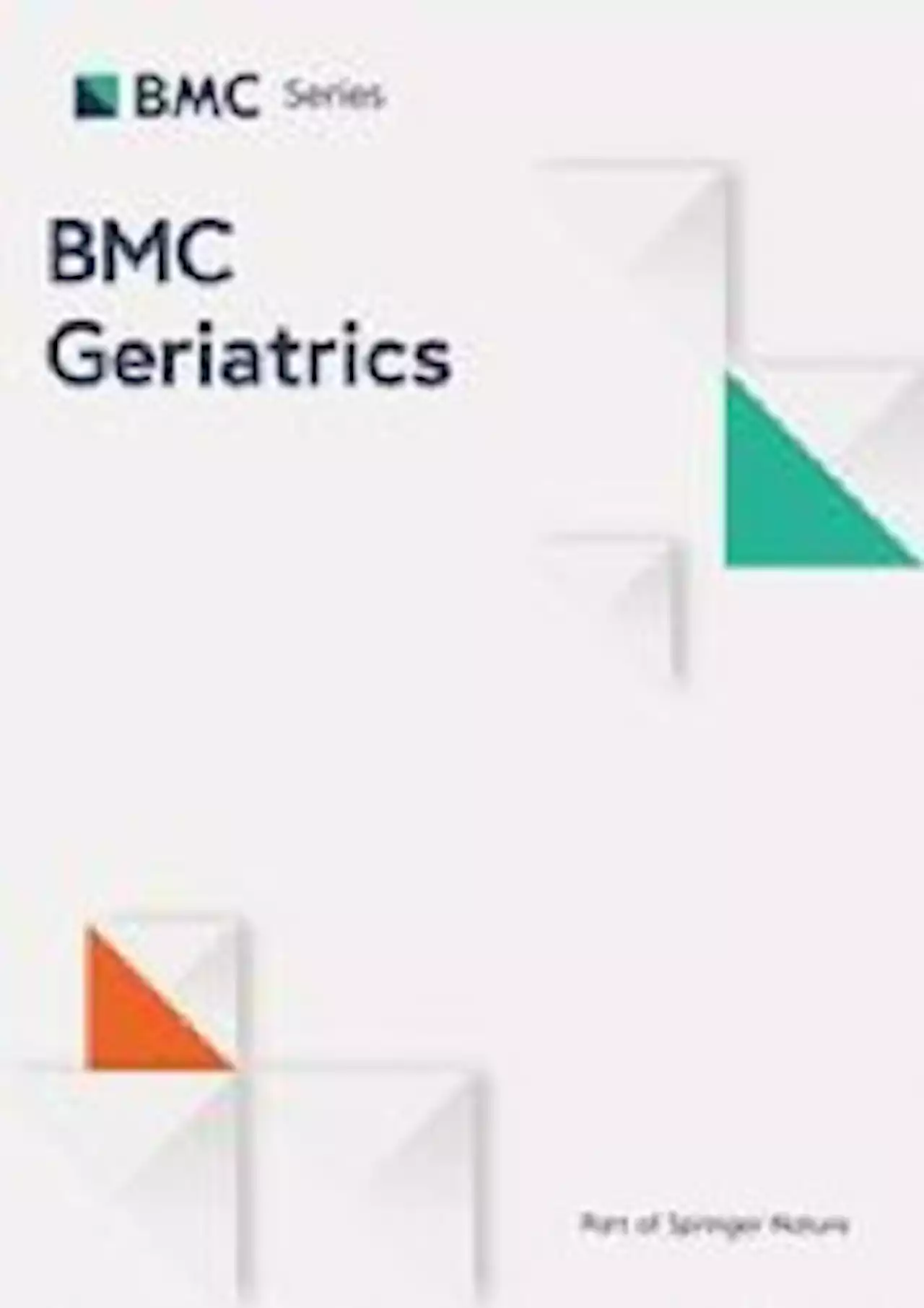 A systematic review of fear of falling and related constructs after hip fracture: prevalence, measurement, associations with physical function, and interventions - BMC GeriatricsBackground Hip fracture is a common and debilitating injury amongst older adults. Fear of falling (FoF) and related constructs (balance confidence and falls efficacy) may impede rehabilitation after hip fracture. An updated systematic review to synthesize existing literature on FoF after hip fracture is needed. This review focussed on four research questions: In the hip fracture population: (1) What is the prevalence of FoF?; (2) What FoF assessment tools are validated? (3) What is the relationship between FoF and physical function?; (4) What interventions are effective for reducing FoF? Methods A systematic search was undertaken in EBSCO Health, Scopus and PsychINFO in January 2021 (and updated December 2022) for articles on FoF after hip fracture. Data in relation to each research question was extracted and analysed. The quality of the studies was appraised using the ‘Risk of Bias Tool for Prevalence Studies’, ‘COSMIN Risk of Bias checklist for Patient-reported outcome measures’, modified version of the ‘Appraisal Tool for Cross-sectional studies’, and the ‘Cochrane Risk of Bias 2’ tools for each research question, respectively. Results 36 studies (37 articles) with 5099 participants were included (mean age 80.2 years and average 78% female). Prevalence rates for FoF after hip fracture ranged between 22.5% and 100%, and prevalence tended to decrease as time progressed post hip fracture. The ‘Falls Efficacy Scale – International’ (FES-I) and ‘Fear of Falling Questionnaire – Revised’ (FFQ-R) were found to be reliable, internally consistent, and valid tools in hip fracture patients. FoF after hip fracture was consistently associated with measures of physical function including balance, gait speed, composite physical performance measures and self-reported function. Ten of 14 intervention studies were considered high risk of bias. Exercise-based interventions with or without a psychological component were not effective in reducing FoF after hip fracture compared to a c
A systematic review of fear of falling and related constructs after hip fracture: prevalence, measurement, associations with physical function, and interventions - BMC GeriatricsBackground Hip fracture is a common and debilitating injury amongst older adults. Fear of falling (FoF) and related constructs (balance confidence and falls efficacy) may impede rehabilitation after hip fracture. An updated systematic review to synthesize existing literature on FoF after hip fracture is needed. This review focussed on four research questions: In the hip fracture population: (1) What is the prevalence of FoF?; (2) What FoF assessment tools are validated? (3) What is the relationship between FoF and physical function?; (4) What interventions are effective for reducing FoF? Methods A systematic search was undertaken in EBSCO Health, Scopus and PsychINFO in January 2021 (and updated December 2022) for articles on FoF after hip fracture. Data in relation to each research question was extracted and analysed. The quality of the studies was appraised using the ‘Risk of Bias Tool for Prevalence Studies’, ‘COSMIN Risk of Bias checklist for Patient-reported outcome measures’, modified version of the ‘Appraisal Tool for Cross-sectional studies’, and the ‘Cochrane Risk of Bias 2’ tools for each research question, respectively. Results 36 studies (37 articles) with 5099 participants were included (mean age 80.2 years and average 78% female). Prevalence rates for FoF after hip fracture ranged between 22.5% and 100%, and prevalence tended to decrease as time progressed post hip fracture. The ‘Falls Efficacy Scale – International’ (FES-I) and ‘Fear of Falling Questionnaire – Revised’ (FFQ-R) were found to be reliable, internally consistent, and valid tools in hip fracture patients. FoF after hip fracture was consistently associated with measures of physical function including balance, gait speed, composite physical performance measures and self-reported function. Ten of 14 intervention studies were considered high risk of bias. Exercise-based interventions with or without a psychological component were not effective in reducing FoF after hip fracture compared to a c
Read more »
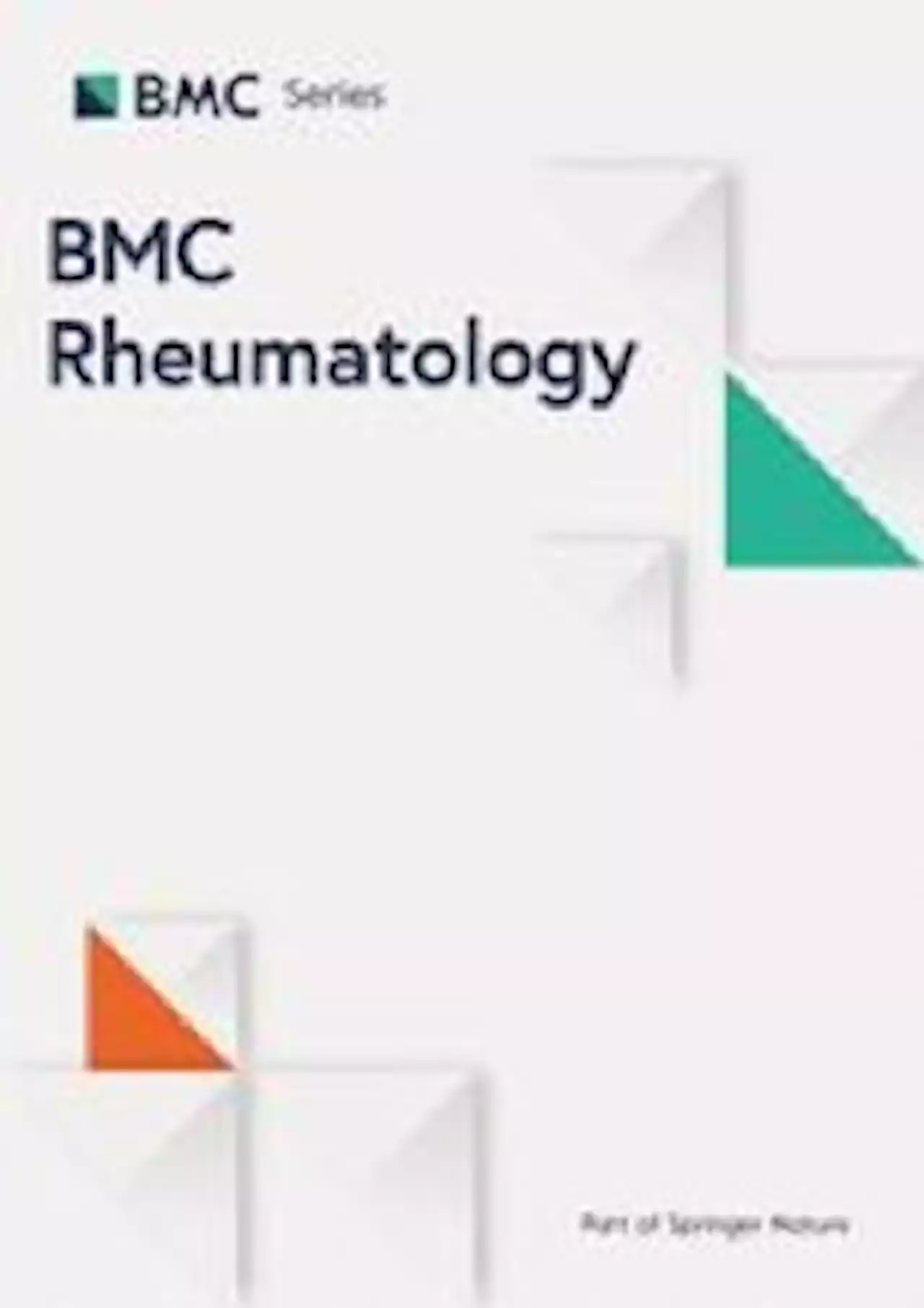 Determinants of health-related quality of life among patients with systemic lupus erythematosus in Hanoi, Vietnam - BMC RheumatologyBackground Systemic lupus erythematosus (SLE) is a chronic autoimmune disease which impacts patients’ lives. Many studies in high-income countries have focused on their health-related quality of life (HRQoL). However, evidence of awareness of SLE and HRQoL in low- and middle-income countries is lacking. Therefore, this study aimed to identify the determinants of HRQoL of SLE patients in Vietnam, a lower-middle income country. Methods This cross-sectional study was conducted at the National Hospital of Dermatology and Venereology in 2019. A pre-tested structured questionnaire was used to collect data. It consisted of Short Form-36 to assess HRQoL which comprised physical and mental component summaries, Multidimensional Scale of Perceived Social Support, Satisfaction with Life Scale, and Mental Adjustment to SLE. Multiple linear regression was used to identify the determinants of HRQoL. Results One hundred thirty four patients with SLE participated in this study. The majority of the patients were women (n = 126, 94.0%). The mean age of all participants was 37.9 years old (standard deviation [SD] 12.5). Of 134 participants, 104 (77.6%) were married. Older patients were more likely to have a lower score of mental component summary (B=-0.45, 95% CI -0.73, -0.17). Patients with more children were more likely to have a lower score of physical component summary (B=-5.14, 95% CI -9.27, -1.00). Patients who felt more helplessness or hopelessness were more likely to have lower scores of physical and mental component summaries (B=-1.85, 95% CI -2.80, -0.90; B=-1.69, 95% CI -2.57, -0.81). Also, patients who felt more anxious were more likely to have a lower score of mental component summary (B=-1.04, 95% CI -1.77, -0.32). Patients who were more satisfied with their lives were more likely to have higher scores of physical and mental component summaries (B = 1.07, 95% CI 0.50, 1.64; B = 1.08, 95% CI 0.55, 1.61). Conclusion Factors associated with lower HRQoL in Vietnam were feelin
Determinants of health-related quality of life among patients with systemic lupus erythematosus in Hanoi, Vietnam - BMC RheumatologyBackground Systemic lupus erythematosus (SLE) is a chronic autoimmune disease which impacts patients’ lives. Many studies in high-income countries have focused on their health-related quality of life (HRQoL). However, evidence of awareness of SLE and HRQoL in low- and middle-income countries is lacking. Therefore, this study aimed to identify the determinants of HRQoL of SLE patients in Vietnam, a lower-middle income country. Methods This cross-sectional study was conducted at the National Hospital of Dermatology and Venereology in 2019. A pre-tested structured questionnaire was used to collect data. It consisted of Short Form-36 to assess HRQoL which comprised physical and mental component summaries, Multidimensional Scale of Perceived Social Support, Satisfaction with Life Scale, and Mental Adjustment to SLE. Multiple linear regression was used to identify the determinants of HRQoL. Results One hundred thirty four patients with SLE participated in this study. The majority of the patients were women (n = 126, 94.0%). The mean age of all participants was 37.9 years old (standard deviation [SD] 12.5). Of 134 participants, 104 (77.6%) were married. Older patients were more likely to have a lower score of mental component summary (B=-0.45, 95% CI -0.73, -0.17). Patients with more children were more likely to have a lower score of physical component summary (B=-5.14, 95% CI -9.27, -1.00). Patients who felt more helplessness or hopelessness were more likely to have lower scores of physical and mental component summaries (B=-1.85, 95% CI -2.80, -0.90; B=-1.69, 95% CI -2.57, -0.81). Also, patients who felt more anxious were more likely to have a lower score of mental component summary (B=-1.04, 95% CI -1.77, -0.32). Patients who were more satisfied with their lives were more likely to have higher scores of physical and mental component summaries (B = 1.07, 95% CI 0.50, 1.64; B = 1.08, 95% CI 0.55, 1.61). Conclusion Factors associated with lower HRQoL in Vietnam were feelin
Read more »
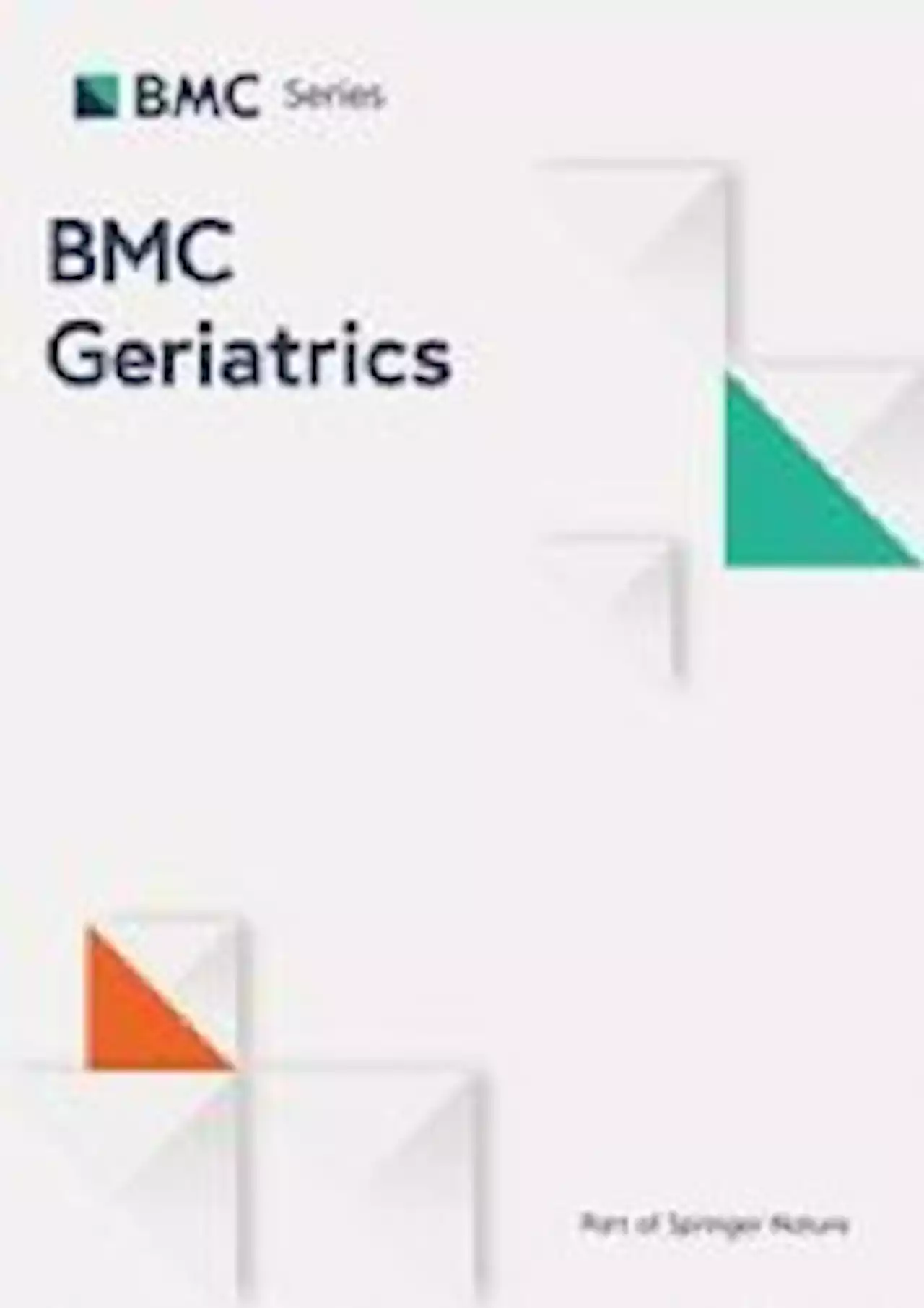 “They want you to know who they really are inside of the old visage”—biographical storytelling as a methodological tool to explore emotional challenges in old age - BMC GeriatricsBackground Growing older is often associated with resilience, contentedness and inner growth. Older people however are also at risk of confronting unique emotional challenges as a result of varied ageing-related experiences. By employing a biographical lens, we aim to introduce storytelling as a methodological tool to more holistically explore older people’s emotional challenges and to improve their wellbeing. Methods Building upon theoretical understandings about the narrative construction of identity across the life span, we draw upon a qualitative study about older people’s loneliness as an example to showcase the methodological value and feasibility of biographical storytelling. We aim to better understand the nuanced and sometimes painful emotional experiences that can be encountered alongside ageing. Results Findings from the qualitative study we showcase, highlight that unique emotional pains and the (in)ability to deal with such in old age could be deeply rooted in older people’s earlier lives. These findings contextualise people’s emotional challenges and needs within their identity, as a narrative thread that links their past, present and expected future. As such, our example study shows that emotional challenges in old age are not only ageing-related, but can be more fundamentally connected to disruptions to the ongoing flow of narrative identity construction. Conclusion The highly retrospective and reflexive nature of these findings illustrates the methodological merit of biographical storytelling. We argue that the impact of biographical storytelling can go further than both conventional semi-structured narrative interviews and existing interventional tools. Instead, it is a particularly useful research methodology to explore human experiences and needs in the unique context of ageing. This methodological development thus provides an insightful analytical lens to explore how older people’s earlier life experiences may be carried forward and confronted t
“They want you to know who they really are inside of the old visage”—biographical storytelling as a methodological tool to explore emotional challenges in old age - BMC GeriatricsBackground Growing older is often associated with resilience, contentedness and inner growth. Older people however are also at risk of confronting unique emotional challenges as a result of varied ageing-related experiences. By employing a biographical lens, we aim to introduce storytelling as a methodological tool to more holistically explore older people’s emotional challenges and to improve their wellbeing. Methods Building upon theoretical understandings about the narrative construction of identity across the life span, we draw upon a qualitative study about older people’s loneliness as an example to showcase the methodological value and feasibility of biographical storytelling. We aim to better understand the nuanced and sometimes painful emotional experiences that can be encountered alongside ageing. Results Findings from the qualitative study we showcase, highlight that unique emotional pains and the (in)ability to deal with such in old age could be deeply rooted in older people’s earlier lives. These findings contextualise people’s emotional challenges and needs within their identity, as a narrative thread that links their past, present and expected future. As such, our example study shows that emotional challenges in old age are not only ageing-related, but can be more fundamentally connected to disruptions to the ongoing flow of narrative identity construction. Conclusion The highly retrospective and reflexive nature of these findings illustrates the methodological merit of biographical storytelling. We argue that the impact of biographical storytelling can go further than both conventional semi-structured narrative interviews and existing interventional tools. Instead, it is a particularly useful research methodology to explore human experiences and needs in the unique context of ageing. This methodological development thus provides an insightful analytical lens to explore how older people’s earlier life experiences may be carried forward and confronted t
Read more »
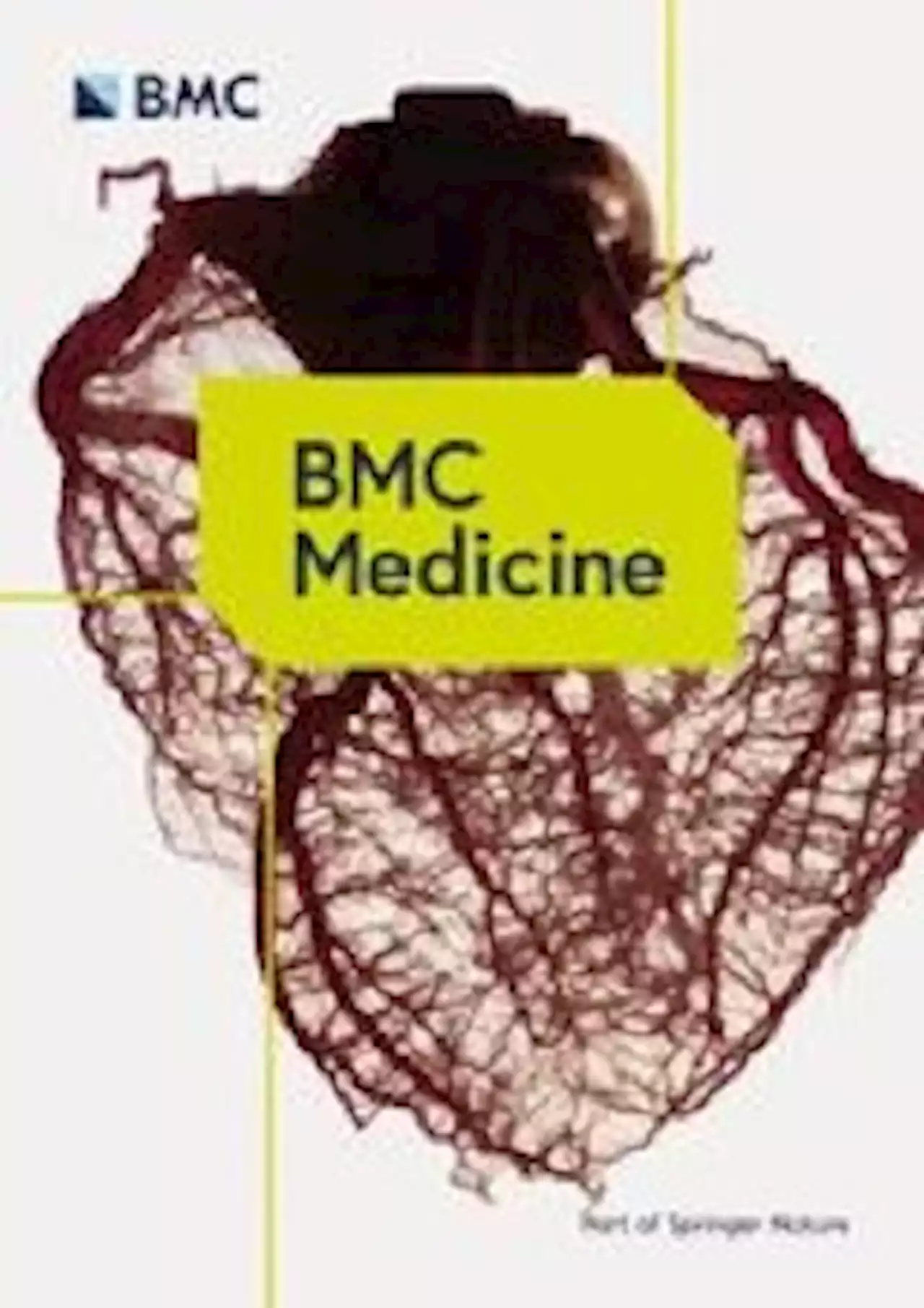 Association of Mediterranean diet with survival after breast cancer diagnosis in women from nine European countries: results from the EPIC cohort study - BMC MedicineBackground The Mediterranean diet has been associated with lower risk of breast cancer (BC) but evidence from prospective studies on the role of Mediterranean diet on BC survival remains sparse and conflicting. We aimed to investigate whether adherence to Mediterranean diet prior to diagnosis is associated with overall and BC-specific mortality. Methods A total of 13,270 incident breast cancer cases were identified from an initial sample of 318,686 women in 9 countries from the European Prospective Investigation into Cancer and Nutrition (EPIC) study. Adherence to Mediterranean diet was estimated through the adapted relative Mediterranean diet (arMED), a 16-point score that includes 8 key components of the Mediterranean diet and excludes alcohol. The degree of adherence to arMED was classified as low (score 0–5), medium (score 6–8), and high (score 9–16). Multivariable Cox proportional hazards models were used to analyze the association between the arMED score and overall mortality, and Fine-Gray competing risks models were applied for BC-specific mortality. Results After a mean follow-up of 8.6 years from diagnosis, 2340 women died, including 1475 from breast cancer. Among all BC survivors, low compared to medium adherence to arMED score was associated with a 13% higher risk of all-cause mortality (HR 1.13, 95%CI 1.01–1.26). High compared to medium adherence to arMED showed a non-statistically significant association (HR 0.94; 95% CI 0.84–1.05). With no statistically significant departures from linearity, on a continuous scale, a 3-unit increase in the arMED score was associated with an 8% reduced risk of overall mortality (HR3-unit 0.92, 95% CI: 0.87–0.97). This result sustained when restricted to postmenopausal women and was stronger among metastatic BC cases (HR3-unit 0.81, 95% CI: 0.72–0.91). Conclusions Consuming a Mediterranean diet before BC diagnosis may improve long-term prognosis, particularly after menopause and in cases of metastatic breast cancer. Well
Association of Mediterranean diet with survival after breast cancer diagnosis in women from nine European countries: results from the EPIC cohort study - BMC MedicineBackground The Mediterranean diet has been associated with lower risk of breast cancer (BC) but evidence from prospective studies on the role of Mediterranean diet on BC survival remains sparse and conflicting. We aimed to investigate whether adherence to Mediterranean diet prior to diagnosis is associated with overall and BC-specific mortality. Methods A total of 13,270 incident breast cancer cases were identified from an initial sample of 318,686 women in 9 countries from the European Prospective Investigation into Cancer and Nutrition (EPIC) study. Adherence to Mediterranean diet was estimated through the adapted relative Mediterranean diet (arMED), a 16-point score that includes 8 key components of the Mediterranean diet and excludes alcohol. The degree of adherence to arMED was classified as low (score 0–5), medium (score 6–8), and high (score 9–16). Multivariable Cox proportional hazards models were used to analyze the association between the arMED score and overall mortality, and Fine-Gray competing risks models were applied for BC-specific mortality. Results After a mean follow-up of 8.6 years from diagnosis, 2340 women died, including 1475 from breast cancer. Among all BC survivors, low compared to medium adherence to arMED score was associated with a 13% higher risk of all-cause mortality (HR 1.13, 95%CI 1.01–1.26). High compared to medium adherence to arMED showed a non-statistically significant association (HR 0.94; 95% CI 0.84–1.05). With no statistically significant departures from linearity, on a continuous scale, a 3-unit increase in the arMED score was associated with an 8% reduced risk of overall mortality (HR3-unit 0.92, 95% CI: 0.87–0.97). This result sustained when restricted to postmenopausal women and was stronger among metastatic BC cases (HR3-unit 0.81, 95% CI: 0.72–0.91). Conclusions Consuming a Mediterranean diet before BC diagnosis may improve long-term prognosis, particularly after menopause and in cases of metastatic breast cancer. Well
Read more »
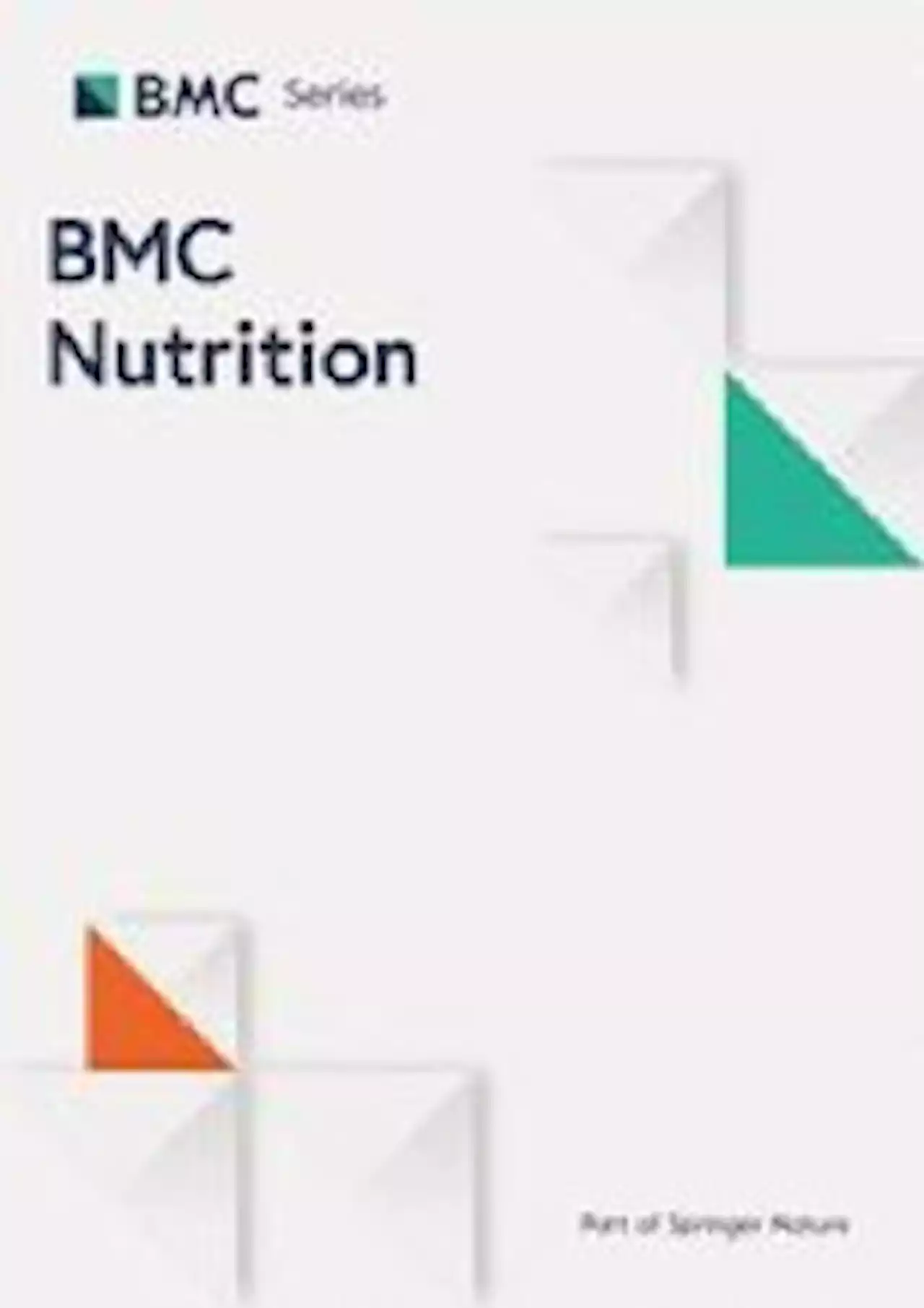 Co-occurrence of iron, folate, and vitamin A deficiency among pregnant women in eastern Ethiopia: a community-based study - BMC NutritionBackground It is well known that the magnitude of undernutrition in Ethiopia is unacceptably high. The burden of co-occurrence of iron, folate, and vitamin A deficiency, on the other hand, has received less attention. Thus, in this study, we looked at the prevalence of iron, folate, and vitamin A deficiency in pregnant women in eastern Ethiopia. Methods A community-based cross-sectional study was conducted among 397 pregnant women in Haramaya district, eastern Ethiopia. An interview-assisted questionnaire and blood serum were collected from pregnant women using standard techniques and shipped to an EPHI for micronutrient analysis. Factors associated with the co-occurrence of iron, folate, and vitamin A deficiency were identified using binary and multiple logistic regressions. Results According to this study, 81.6% of the participants were deficient in at least one micronutrient, and 53.53.2% were deficient in two or more. Women who did not receive iron-folic acid supplementation (AOR = 2.44; 95% CI = 1.52–3.92), did not attend Antenatal care (ANC) follow up (AOR = 2.88; 95% CI = 1.81–4.61), and reported low consumption of diversified diet (AOR = 2.18 (95% CI = 1.35–3.51) had a higher risk of co-occurrence of iron, folate, and vitamin A deficiency. Conclusion This study found that more than half of pregnant women were in multiple micronutrients, indicating a major public health issue. In addition to the IFA supplementation programs that are already in place, there is a need for multiple micronutrient supplementation.
Co-occurrence of iron, folate, and vitamin A deficiency among pregnant women in eastern Ethiopia: a community-based study - BMC NutritionBackground It is well known that the magnitude of undernutrition in Ethiopia is unacceptably high. The burden of co-occurrence of iron, folate, and vitamin A deficiency, on the other hand, has received less attention. Thus, in this study, we looked at the prevalence of iron, folate, and vitamin A deficiency in pregnant women in eastern Ethiopia. Methods A community-based cross-sectional study was conducted among 397 pregnant women in Haramaya district, eastern Ethiopia. An interview-assisted questionnaire and blood serum were collected from pregnant women using standard techniques and shipped to an EPHI for micronutrient analysis. Factors associated with the co-occurrence of iron, folate, and vitamin A deficiency were identified using binary and multiple logistic regressions. Results According to this study, 81.6% of the participants were deficient in at least one micronutrient, and 53.53.2% were deficient in two or more. Women who did not receive iron-folic acid supplementation (AOR = 2.44; 95% CI = 1.52–3.92), did not attend Antenatal care (ANC) follow up (AOR = 2.88; 95% CI = 1.81–4.61), and reported low consumption of diversified diet (AOR = 2.18 (95% CI = 1.35–3.51) had a higher risk of co-occurrence of iron, folate, and vitamin A deficiency. Conclusion This study found that more than half of pregnant women were in multiple micronutrients, indicating a major public health issue. In addition to the IFA supplementation programs that are already in place, there is a need for multiple micronutrient supplementation.
Read more »
